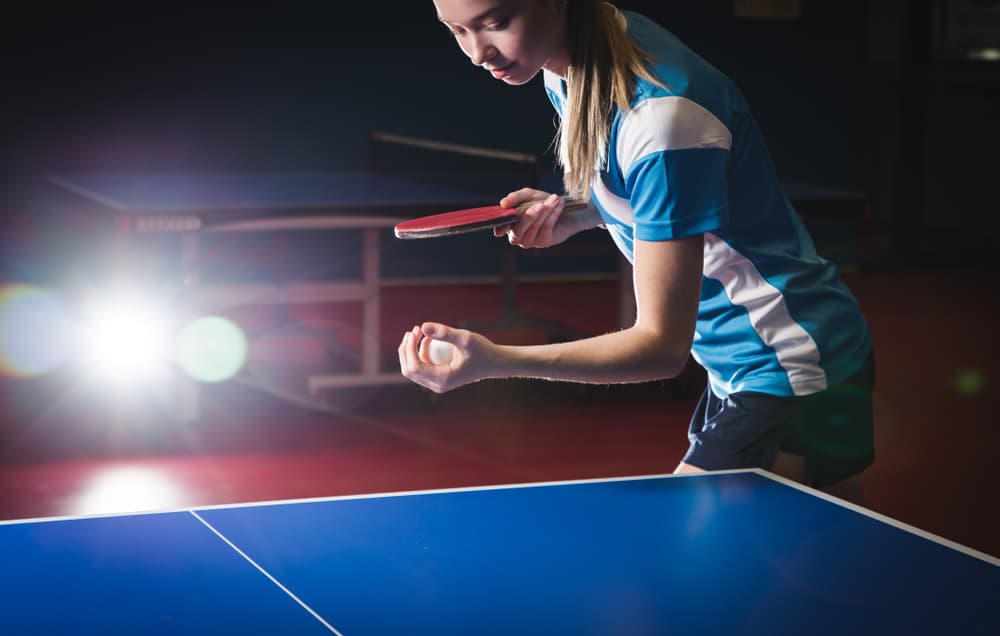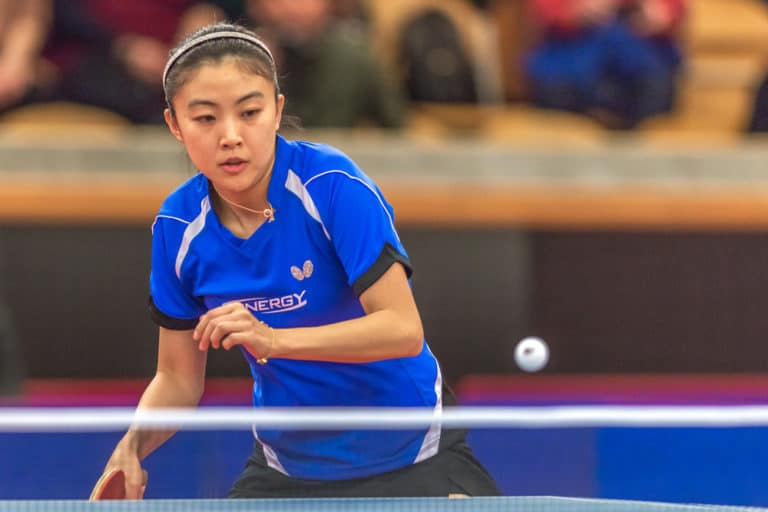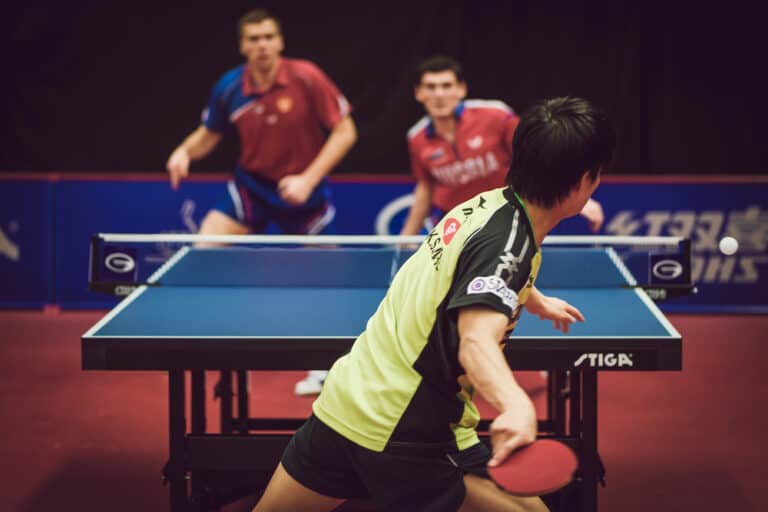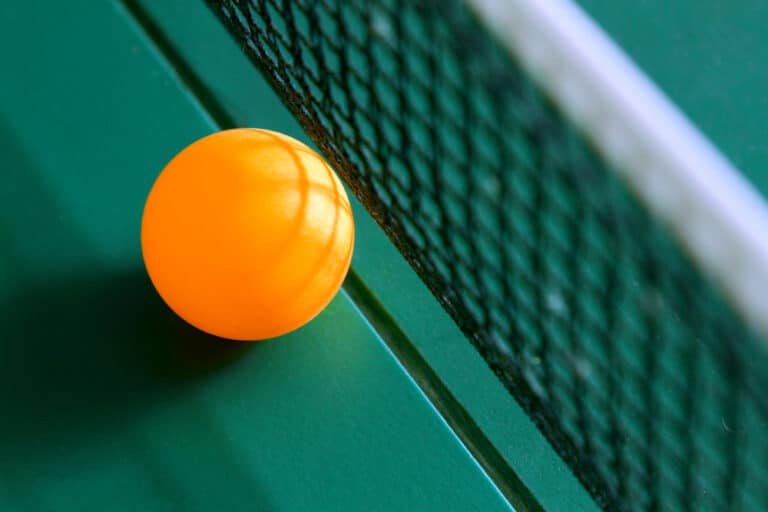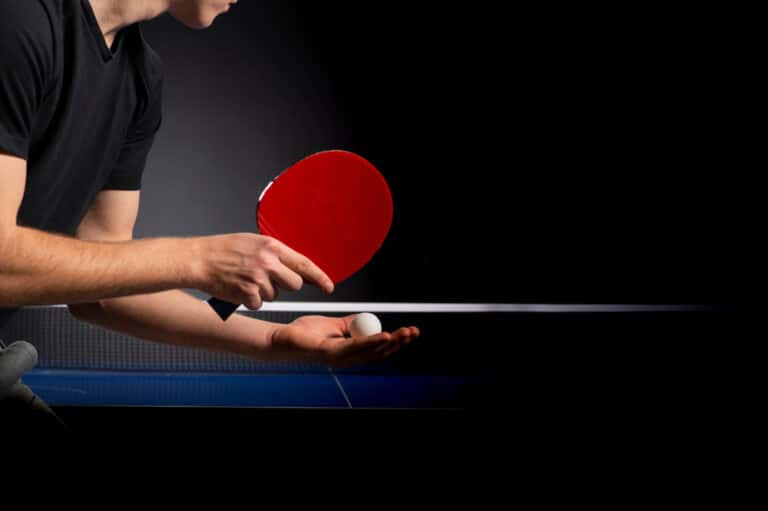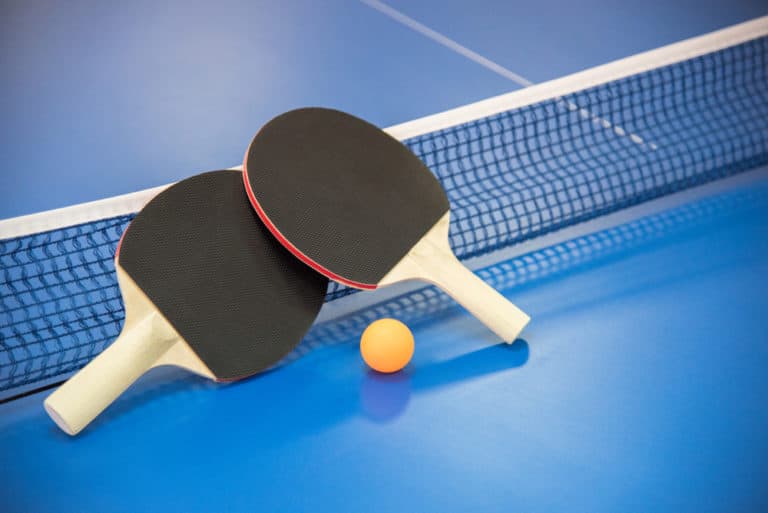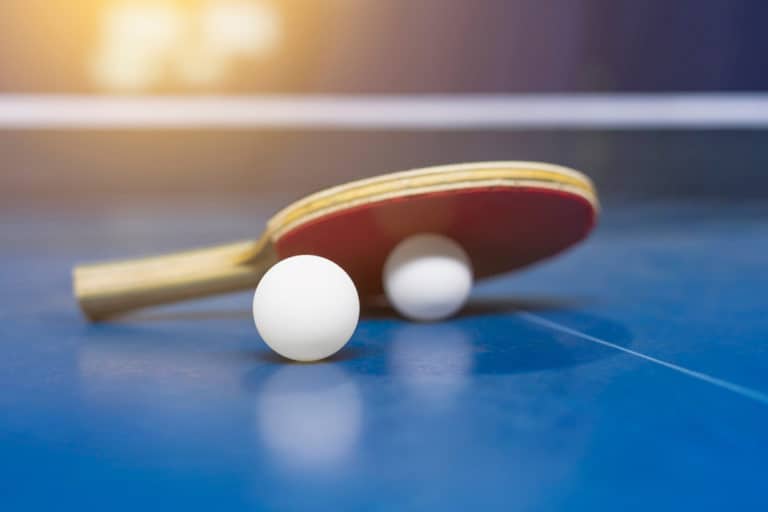How Often Should You Practice Table Tennis?
Table tennis is a fun and interactive sport. The skill level you want to achieve is up to you and depends on the available time, but how often should you practice table tennis? Setting up a personal program to practice your table tennis skills may likely lead to positive outcomes.
Practicing table tennis three times a week for 1- 2 hours is favorable for your physical health and can improve brain processing speed and hand-eye coordination. Practicing your table tennis skills may improve your game and your life, as table tennis benefits both physical and mental health.
The benefits of practicing table tennis are proven and well worth it but are unlikely to be felt after one game. The reward of investing time and energy in a skill is often only seen later. How much practice will it take to reap the rewards?
How Often Should You Practice Table Tennis?
Practicing consistently for 1-2 hours, 3 to 4 times a week, is an effective routine. This focus and repetition will help develop muscle memory and increase your overall skill level. The more time spent practicing, the better you will become.
How Often Should I Practice Table Tennis Shots?
Regularly practicing table tennis maneuvers will improve your game and your chances against your opponent. The most common shots in table tennis are forehand drives, backhand drives, forehand push, and backhand push.
Practicing these shots consistently for at least sixty minutes will help you develop the reactionary skills needed when playing.
What Table Tennis Strokes Should I Practice Often?
The most common strokes to practice routinely are the forehand and backhand strokes, which are offensive and defensive shots in table tennis.
The forehand drive is an attacking move. Stand with feet hip distance apart and the bat waist height with your elbow slightly away from your body. Rotate backward from the waist and follow forward as the ball approaches.
When practicing the backhand drive, stand comfortably close to the table, bend slightly at the waist, with your feet hip distance apart and facing the direction of the oncoming ball. As the ball is approaching, move your bat slightly forward and up. The bat’s position is at waist level across your body.
For the forehand push, ensure your arm is slightly forward from your body, with a small gap between your hip and elbow. A forehand push is played from the side of your body, not directly in front of you.
Step forward on your right foot, moving toward the ball when playing a backhand. The bat is lying across your body, so bring it forward and under the ball when making contact.
By investing time and effort, your technique will likely improve. Once you are efficient in these strokes, it is time to work on your serve.
How Often Should I Practice My Table Tennis Serve?
One of the essential features of your table tennis game is the serve. Repeatedly practicing this skill will improve your overall success in the game. In a serve, the ball must hit your side of the table before going over the net and hitting your opponent’s side. Practice this skill for at least 30 minutes during your weekly program.
To practice your serve:
- Hold the ball in your fingers before the bat and hit from that position.
- Deliver the serve from behind the end line.
- Ensure you stand at the end of the table and don’t lean forward.
- Practice by dropping the ball onto the bat, so it naturally propels forward.
- Add a forehand stroke to increase the velocity of the serve as your technique improves.
Now that you have hours to improve your table tennis skills looking at what equipment is needed to practice table tennis is essential.
What Equipment Do I Need To Practice Table Tennis Often?
There are three main pieces of equipment needed to practice table tennis consistently. These are the bat, ball, and table.
First up, you’ll need your own bat. A tennis table paddle is crafted from strong, laminated wood and padded with rubber on either side. One side is usually black, the other red. The different color signals the kind of rubber used and the speed it generates.
Paddles can be lighter for a more attacking game or heavier for more defensive play. It depends on what feels more comfortable for you.
Table tennis balls have a 0 to 3 stars grading system. A 0 or 1-star grade is sufficient and cost-adequate for beginner and training purposes. Most table tennis balls are made from plastic and are 1.6 inches in diameter.
If you want to purchase a table tennis table, the most significant considerations are maneuverability and personal safety during a game. Look at 2 – 3 yards on either side of the table. The net should ideally be 6 inches tall and use screw-on clamps. A good quality net need not be an expensive purchase.
Practicing table tennis is a moderate-intensity sport suitable for the heart, body, and mind.
Ensure you wear decent tennis shoes with a good grip and comfortable clothing that is easy to move around.
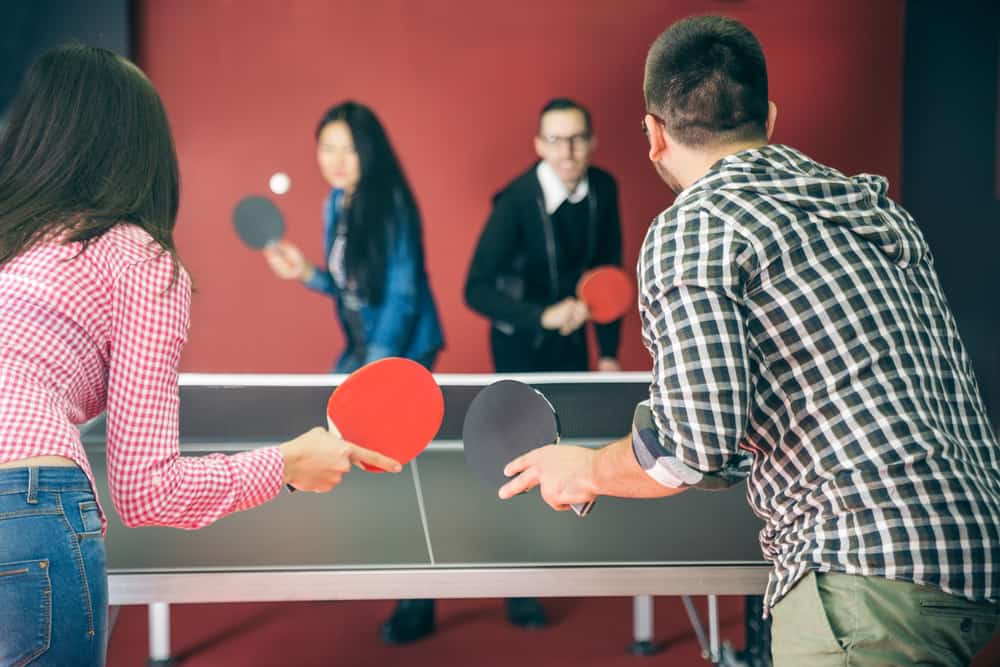
Practicing Table Tennis Often For Improved Physical Health
Table tennis has been the subject of studies that show that regular participation improves overall health and fitness for players of all ages. Those who practice table tennis show improved core strength, with more muscular arms and legs and stronger wrists and ankles. Those who play regularly have better overall aerobic fitness.
Table tennis is a great way to improve hand-eye coordination. The short rallies and rapid movement of the ball in various directions help boost reflexes and improve your balance.
Practicing table tennis a few times a week for a couple of hours engages many muscle groups simultaneously using various brain networks. This exercise can help people with chronic health problems, including heart disease, autism, and Parkinson’s disease.
Playing table tennis improves self-confidence and physical and mental health, especially in older adults.
Practicing Table Tennis Often For Improved Mental Health
Due to the affordability of table tennis, the game is famous worldwide as it requires very little physical endurance and contact. Levels of play are easily adaptable, making the game suitable for all abilities.
Practicing table tennis often also has a positive effect on cognitive mental abilities. The sport requires short bursts of energy. Playing rallies with an opponent or just off a wall, followed by slightly more extended rest periods, makes the game physically accessible.
The stop, start nature of the game combined with aerobic style exercise is shown to help prevent declining brain function and even dementia. Studies show a reported improvement in physical and mental health for all age groups, which is particularly helpful for the elderly.
Aerobic exercise helps increase memory function in those with declining mental abilities, improving memory, attention, and brain functioning. The long-term benefits may help improve and maintain their psychological and physical health and abilities as their situation declines.
Conclusion
Practicing table tennis for 1 to 2 hours a session, 3 to 4 times a week, is a successful way to improve your skills and get a moderate-cardio workout. Maintaining this routine can also have long-term benefits for both physical and mental health. This sport is a great social activity you can enjoy with family and friends of all ages.

